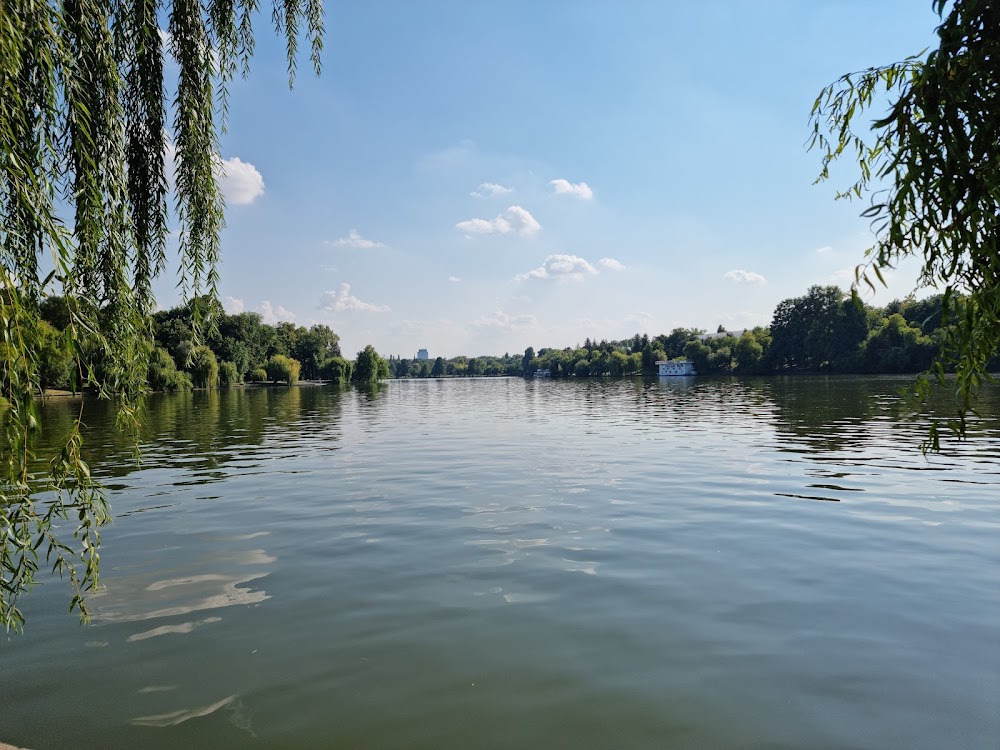Victory Avenue (Calea Victoriei)
Overview
Calea Victoriei, also known as Victory Avenue, is one of Bucharest's oldest and most picturesque streets, steeped in history and culture. This iconic thoroughfare dates back to the late 17th century, originally serving as a simple wooden path called Podul Mogoșoaiei. It connected the Old Princely Court to the grand Mogoșoaia Palace, with its name reflecting its purpose—"podul" meaning bridge and "Mogoșoaiei" referring to the palace. Over the centuries, this passageway has transformed, mirroring the many phases of Romanian history and development.
In 1878, the street was officially renamed Calea Victoriei to commemorate Romania's independence from the Ottoman Empire, a pivotal moment in the nation's history. This change marked an era of national pride and urban modernization, as Bucharest began to adopt European architectural standards. Along Calea Victoriei, elegant buildings, grand palaces, and luxury hotels sprang up, each contributing to the street’s cultural significance.
One of the first notable constructions on the newly named avenue was the Cantacuzino Palace, home to the George Enescu National Museum. Built in the early 20th century, this architectural gem showcases French Beaux-Arts style, complete with intricate stone carvings and a stunning interior. Other significant landmarks soon followed, such as the Central University Library, enriching the street's cultural and educational landscape.
The InterContinental Bucharest and the Athénée Palace Hilton are two luxury hotels that embody the modern spirit of Victory Avenue in the 20th century. The Athénée Palace, in particular, boasts a fascinating history, having served as a meeting point for diplomats and spies during both World Wars, adding depth and intrigue to its glamorous façade.
Calea Victoriei is also home to historic churches, including the renowned Kretzulescu Church. Built in the 1720s, this church exemplifies Brâncovenesc style architecture with its striking red brick façade and beautifully painted frescoes. Despite suffering through wars and a devastating earthquake in 1940, it remains a significant religious and cultural monument.
As we transition into the 21st century, Calea Victoriei continues to thrive as a bustling artery of Bucharest. The street is lined with elegant shops, high-end boutiques, and charming cafés, making it a favorite destination for both locals and tourists. It also features some of the city’s finest dining establishments, offering a delightful mix of traditional Romanian cuisine and international flavors.
In recent years, the Bucharest City Hall has undertaken initiatives to enhance the street's appeal further. Renovation projects for historic buildings, new bicycle lanes, and pedestrianized areas have made Calea Victoriei more accessible and enjoyable for everyone who visits.
Today, Victory Avenue stands as a living testament to Bucharest's rich history and dynamic present. Each building and landmark along the road tells a story, from the era of Romanian princes to modern European integration. Strolling down Calea Victoriei feels like walking through an open-air museum where the past and present harmoniously coexist.
Whether you're captivated by history, architecture, or simply wish to experience the vibrant atmosphere of Bucharest, Calea Victoriei offers a unique and enriching experience. It’s not just a street; it’s a journey through time, beautifully encapsulating the essence of Romania's capital city.







